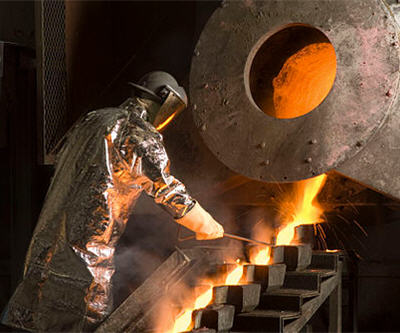
What happened to that perfect bull flag setup in the gold miners ETF (GDX)?
Last week the gold miners fell apart in spectacular fashion as equities came under increased selling pressure and several senior gold producers (ABX, IAG, NEM) continue to disappoint investors with increased operating costs and lowered gold production estimates.
GDX broke through support near 49 and proceeded to succumb to heavy selling pressure before finding support near the confluence of the 3-standard deviation lower Bollinger band and the 61.8% Fibonacci retracement of the entire May-September rally:

This aggressive breakdown from what many had been calling a “bull flag” is quite instructive:
Notice the relative performance of gold vs. GDX since the FOMC’s QE-Infinity announcement on September 13th:

As you can see, the “hot money” piled into gold mining shares immediately following the QE-Infinity announcement – this caused a short term price spike which was quickly corrected. The dreadful performance of the gold miners over the past couple of weeks has surely disappointed the vast majority of market participants and caused the hot money crowd to emphatically press the sell button.
While the gold miners appear to be on the verge of a snapback rally after becoming extremely oversold last week, the worst is probably not over for this sector. The fundamental rationale for owning gold mining shares as opposed to the yellow metal itself continues to deteriorate. Mining companies face myriad challenges as the era of “peak gold” has arrived and the few remaining untapped economic resources in safe jurisdictions face environmental (see Northern Dynasty) and infrastructure challenges (see Donlin Creek). The question one must ask is: Is the gold mining industry in a cyclical or secular decline?
I believe the answer is secular and the below chart of GDX/GLD helps to illustrate just how poorly mining shares have performed while the gold price has made new nominal highs:
The trade of long gold/short gold miners has been one of the strongest market trends of the last two years and shows no sign of reversing anytime soon.
Image from Wikimedia Commons